| Columns Retired Columns & Blogs |
Wow, JA! This could be the model for truly full reviews.Nice job.
I measured the Pass Laboratories XP-30's electrical performance with Stereophile's loan sample of the top-of-the-line Audio Precision SYS2722 system (see www.ap.com and the January 2008 "As We See It"). The maximum gain for both balanced input/balanced output and single-ended input/single-ended output, with the volume control set to "99," was slightly less than the specified 10dB, at 9.45dB. The volume control operated in accurate 1dB steps, meaning that the unity-gain setting was "89." The balanced input impedance was slightly but inconsequentially lower than specified, at 39k ohms at low and middle frequencies, and 35k ohms at the top of the audioband. The single-ended input impedances were half these values, as expected. The balanced output impedance was close to the specification at 20 and 1kHz, at 117 ohms, but rose to 1127 ohms at 20Hz. The single-ended output impedance was 65 ohms across the band.
The XP-30's frequency response into high impedances was flat in the audioband, with the channels superbly matched (fig.1, blue and red traces), and down by 3dB at a very high 170kHz. The frequency bandwidth was independent of the volume-control setting, but into the very low 600 ohms impedance the low frequencies rolled off prematurely (fig.1, cyan and magenta traces). However, as long as the power amplifier with which the XP-30 is used has an input impedance of 10k ohms or more, the Pass will offer extended bass response.
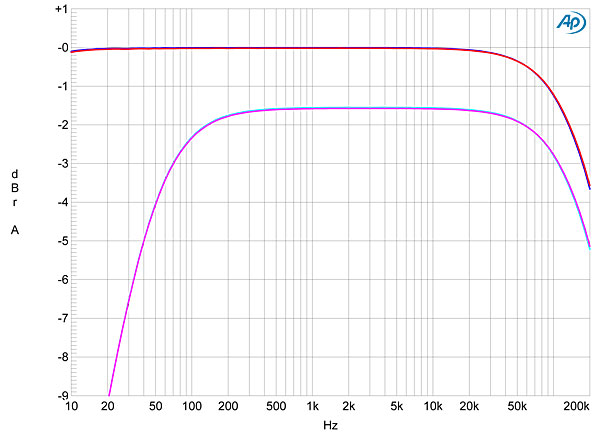
As expected from its dual-mono topology, the XP-30's channel separation was outstanding, at 130dB below 2kHz (not shown). I measure a preamplifier's signal/noise ratio with the input short-circuited but with the volume control set to its maximum, which is very much the worst case. Even so, the XP-30's unweighted, wideband S/N (ref. 1V) was superb, at 96.5dB in both channels. With A-weighting, the ratio increased to 109.1dB. Fig.2 shows the spectrum of the noise floor while the XP-30 drove a 1kHz tone into 100k ohms. Other than tiny blips at the supply-related frequencies of 180 and 300Hz in the right channel (red trace), the noise is free from spuriae of any kind.
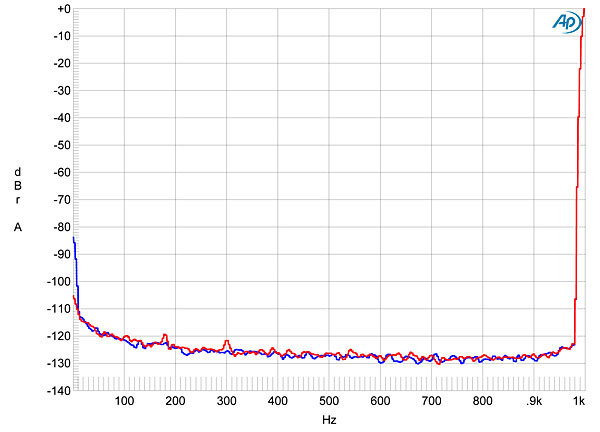
Even with this very low level of noise, distortion was even lower, as can be seen in fig.3, which plots the THD+noise percentage against the balanced output level at 1kHz. The downward slope of the trace below 5V output is due to the reading being dominated by a low but constant level of noise, which steadily becomes a smaller percentage of the output voltage as the latter rises. The distortion begins to rise above 6V, which is above the level the preamp will be required to deliver in practice, but the XP-30 doesn't clip (defined as when THD+N reaches 1%) until around 36V!
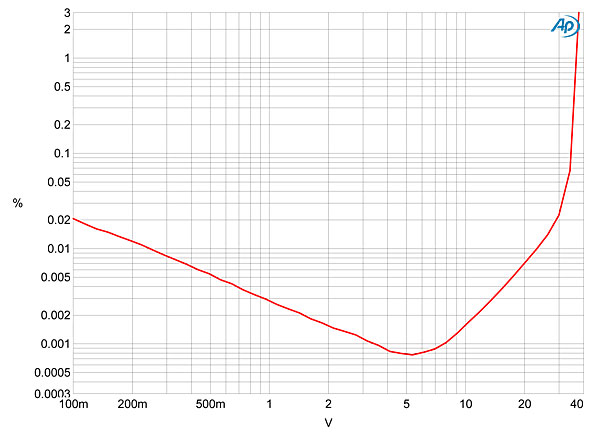
I plotted how the THD+N changed with frequency at a level, 6V, where I could be sure that I was looking at actual distortion rather than noise (fig.4). Even into 600 ohms (cyan and magenta traces), the THD is very low in the midrange and below. And though it rises in the treble, it is still just 0.01% at the top of the audioband. Fig.5, taken with the volume control at unity gain, reveals that the distortion spectrum comprises odd-order harmonics, though these all lie at –110dB (0.0003%) or below. At low frequencies (not shown), there was just a trace of third harmonic. And despite the rise in THD at the top of the audioband, an equal mix of 19 and 20kHz tones was reproduced with very little intermodulation, even into 600 ohms (fig.6), with no difference product visible at 1kHz, and all the higher-order products lying at or below –100dB (0.001%).
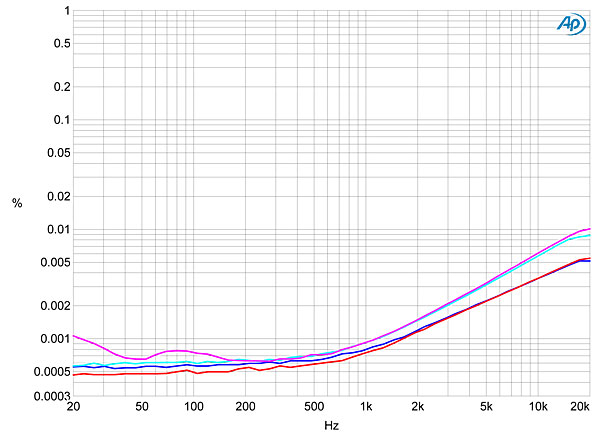
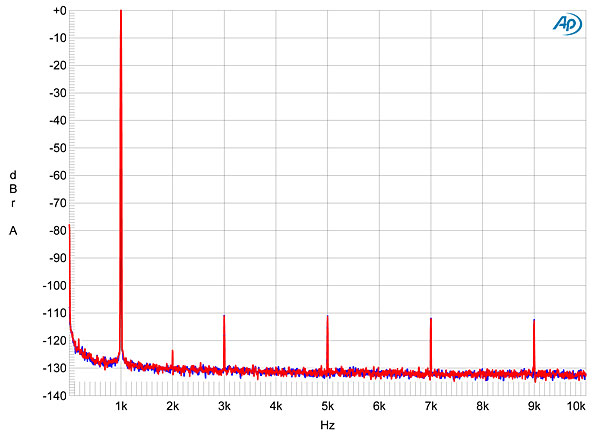
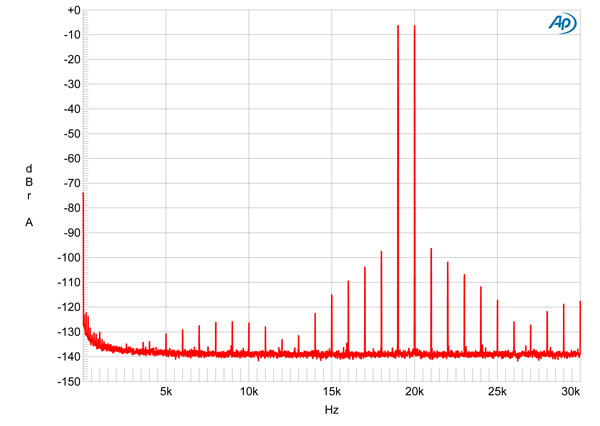
This is a superbly well-measuring, bombproof preamplifier.—John Atkinson

Echoing what Bill B wrote- This is a most excellent review.
Being fairly good friends with Wayne, I found your characterization of him to be spot on. He is as humble and down to earth as it gets and you couldn't meet a nicer person.
I'm delighted to see his human qualities recognized and represented so eloquently. When he told me he got this cover, I asked him how many print copies he was getting and he humbly shrugged it off as only he can.
Now I'll have to see about organizing a personal demo of the XP-30 

Great review of a really well engineered product.
As the happy owner of both an XP-10 as well as an XP-20 I must admit music seems to be more involving and enjoyable since I've got them in my systems. Maybe it's the Pass Labs house sound or maybe it's simply the passion that their designers put in making those products.
Pass Labs products always seem to have soul...

With all due respect: Why on earth would anybody put a capacitor in the signal path. What if one has an amplifier with a low impedance input. The 600 ohms graph looks very much like the high pass filter of my speakers. Not in the XP-10, not in the XP-20 and not even in the Xs. What is goin' on in the XP-30...?